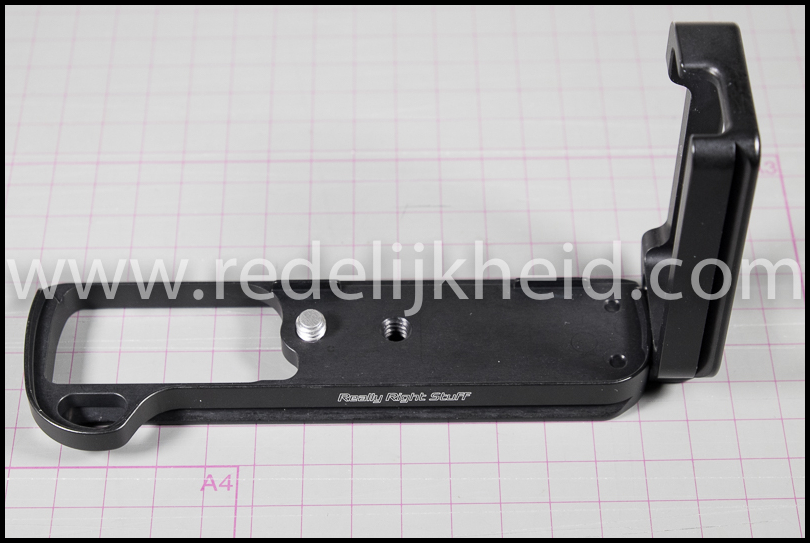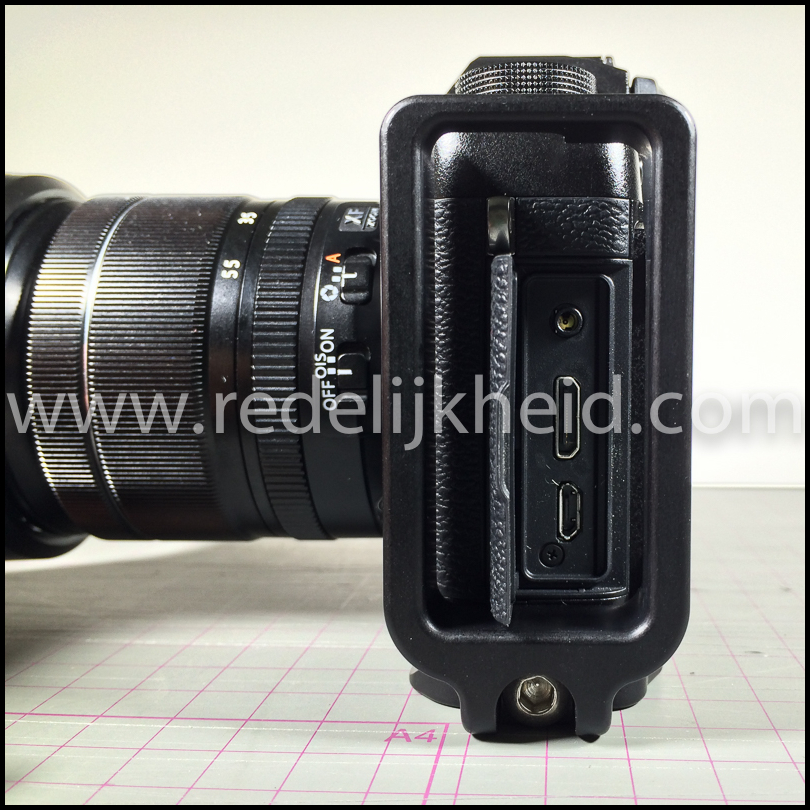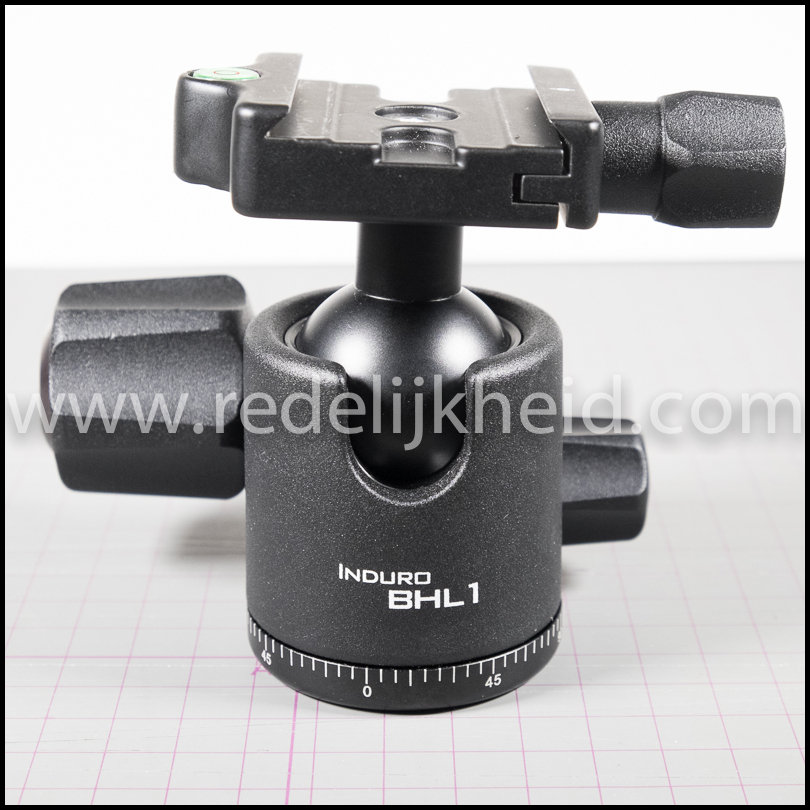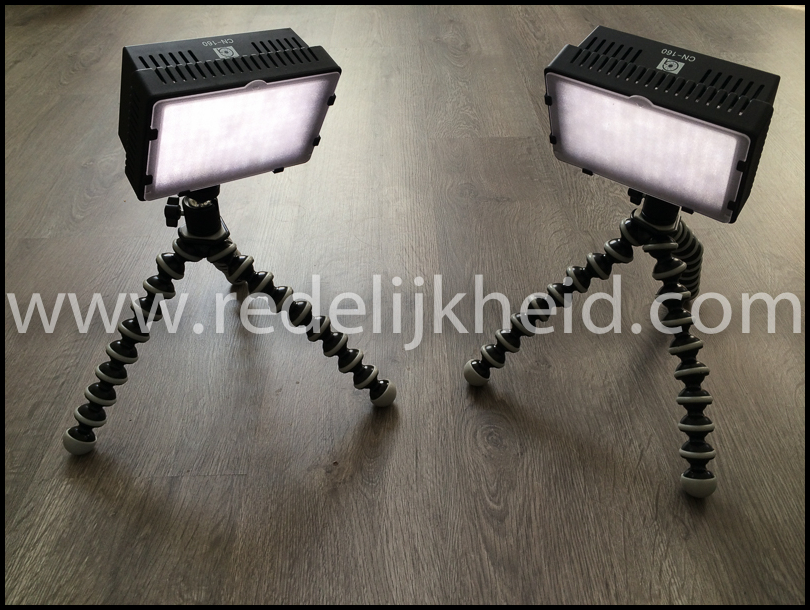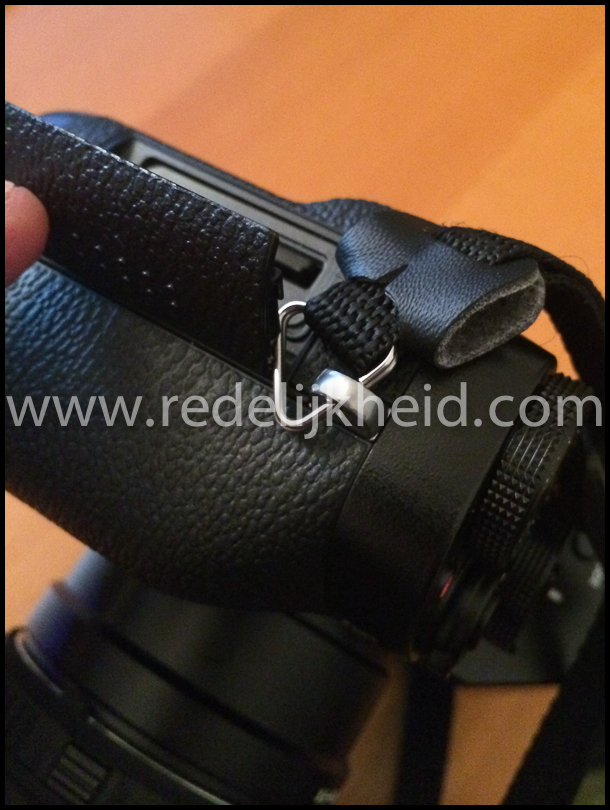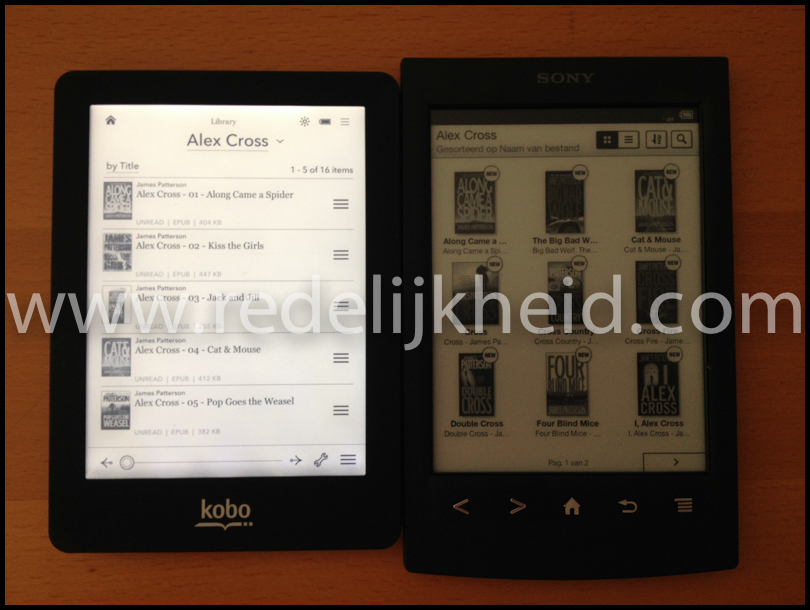The Think Tank Retrospective 7 camera bag holds an iPad, 11" Macbook Air or something similar according to the specifications. But the new Macbook Pro 13" (from late 2016), also fits (like a glove) in the back compartment of the bag.
It does take some effort in inserting the Macbook Pro for the first time. Especially if the bag is brand new. But after inserting it a couple of times, the fabric loosens a bit and it becomes easier to insert and extract the laptop from the compartment.
NOTE: There might be some scratching involved on the laptop over time while opening opening and closing the zipper (because of the 'fits-like-a-glove' thing).














